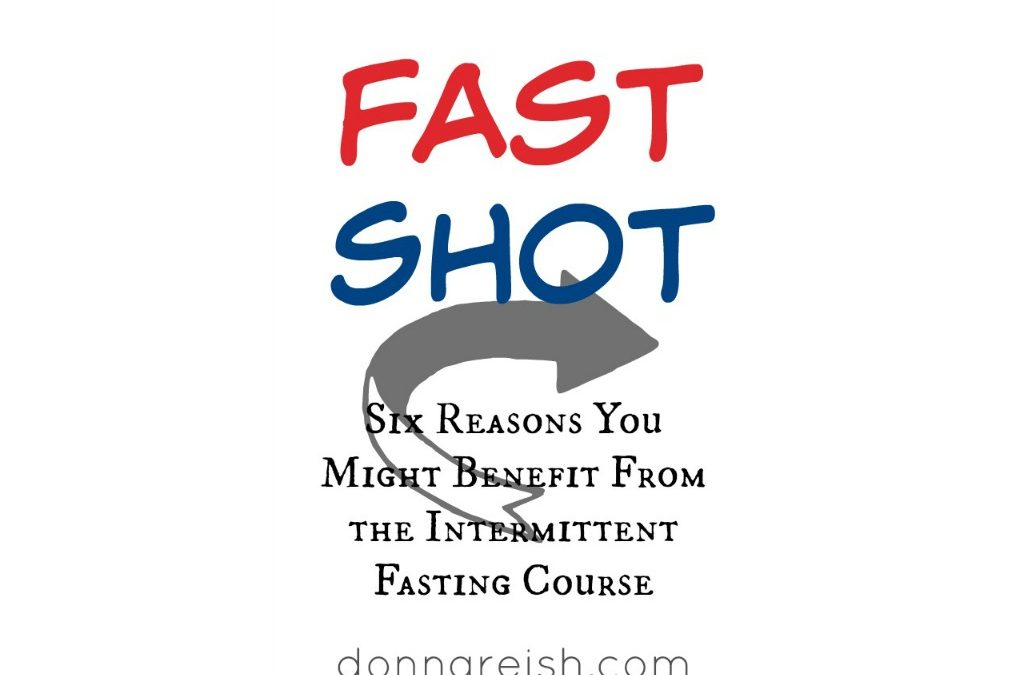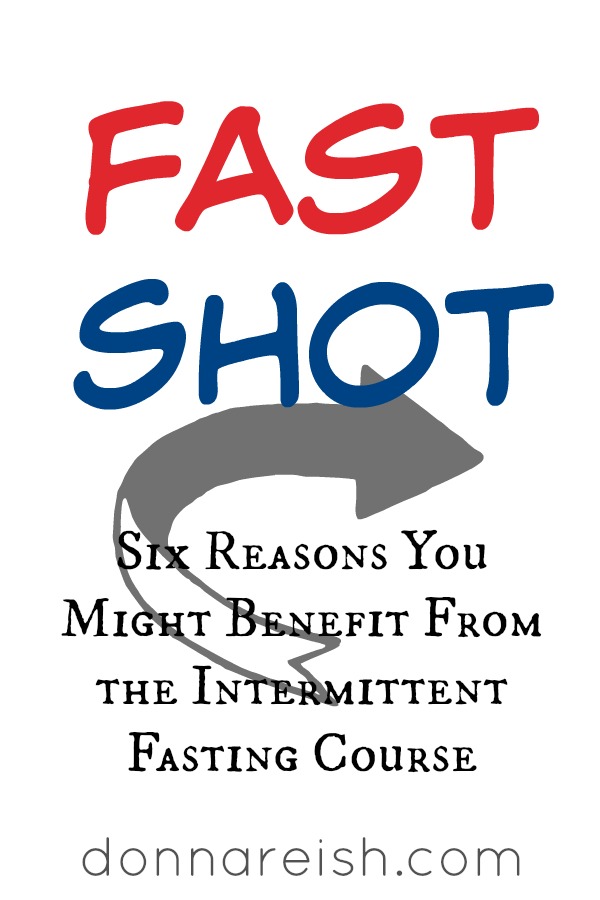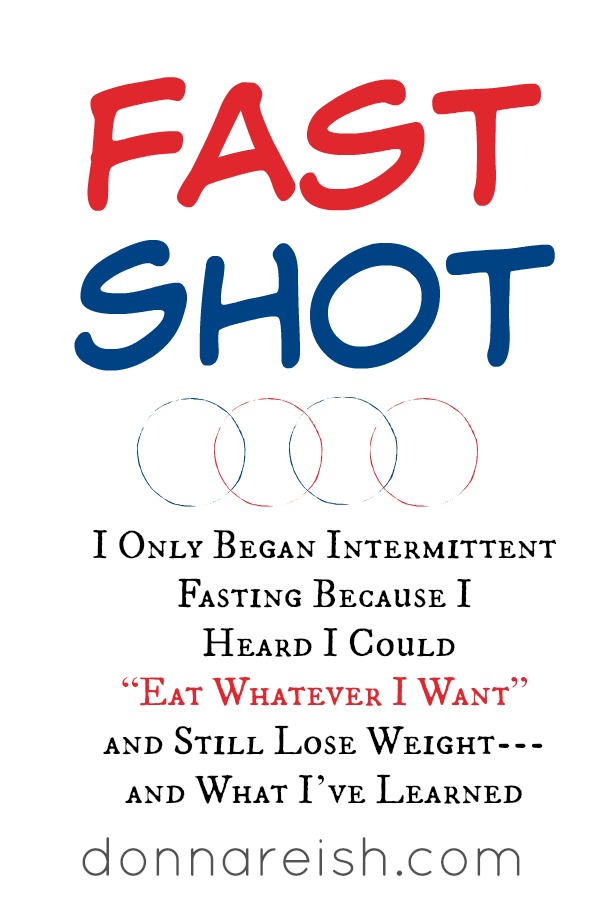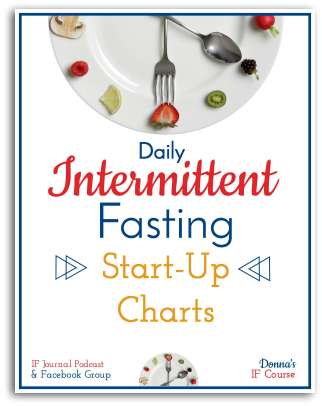Emotional Eating and the Model Part I of V (Fast Shot)

Emotional eating. How can we overcome it? Or why does it often feel like it is overcoming us?
I always thought our cravings, appetites, urges, binges, and eating were out of our control. That they just happened to us.
Until….
I learned I could control hunger, insulin responses, and even cravings to a certain extent with supplementation.
I could control hunger, insulin responses, much emotional eating, and cravings with Intermittent Fasting.
I could control cravings, urges, and binges through real foods.
And now….
I have learned that I can control urges, binges, and emotional eating through controlling my thoughts and feelings. It is absolutely incredible—and I am excited that my weight loss coaching school gives us permission to use Brooke Castillo’s materials in our teaching (with proper accreditation, of course!).
So…let’s dig into how we can control our responses to urges and binges and emotional eating through the use of Brooke’s Model for life coaching.
I’ll see you soon in Part II of V—- I can’t tell you how much I want to teach you this life changing information! And how much goodness I want for you in your life!
A. Introduction
1. Believe that life is 50/50—50% good and 50% bad
2. Circumstances, thoughts, feelings, actions, and results can all go into Brooke Castillo’s Self-Coaching Model in order to feel our feelings as they are, change our feelings, change our actions, change our results, etc.
3. MODEL—
C—Circumstances
T—Thought
F—Feeling
A—Action
R—Result
B. Five Model Choices for Emotional Eating
1. Part I: Keep the original model—and feel the feelings if the actions do not have a net negative consequence (grief—crying, watching Netflix for a couple of hours, but no real negative net consequence, and I want and need to feel these feelings.
C—Aunt’s funeral
T—I’m so sad my dad died
F—Grief
A—Lie in bed crying, text my sister, watch Netflix for a couple of hours
R—Red eyes, feel better, no harm
2. Part II: Keep the emotion (grief), but change the action and the thought (see below)
3. Part III: Change the thought in order to change the emotion and the action
4. Part IV: Keep all the same and learn to sit with the urge/feelings as they are
5. Part V: Keep all the same and give in to urge (resulting in a net negative in your life)
C. Choice One:
Keep the original model—and feel the feelings if the actions do not have a net negative consequence (grief—crying, watching Netflix for a couple of hours, but no real negative net consequence, and I want and need to feel these feelings.
C—Aunt’s funeral
T—I’m so sad my dad died
F—Grief
A—Lie in bed crying, text my sister, watch Netflix for a couple of hours
R—Red eyes, feel better, no harm, no emotional eating since my thought did not Link my sadness to giving in to urges (see Part II of V)
D. Summary
This is a clean model—that means that I don’t feel the need to change anything. When we have thoughts and feelings that lead to emotional eating, we have to dig in to our brains and change our thoughts and feelings so we can choose healthier options rather than over eating or bingeing or giving into cravings.
It might feel overwhelming right now—but stay with me! It’s worth it—and it works!


















